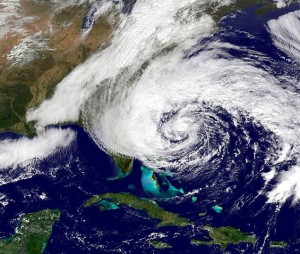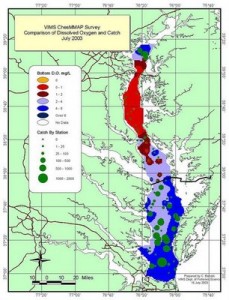The EPA is planning on licensing fees aimed at livestock operations with more than 100 tons of carbon emissions per year, according to Nick Butterfield, speaking for the EPA, quoted by Bob Johnson, AP, published in the Washington Post. The farmers are against this. Ken Hamilton, of the Wyoming Farm Bureau Federation says it will cost owners of a modest sized cattle ranch $30,000 to $40,000 per year. This seems correct – if you do the math, the fee is $30,000 for 172 dairy cows, which seems high.
The fee structure seems, to this non-farmer, high and skewed against dairy farmers. It reaches $30,000 per year with only 172 dairy cows, 343 head of beef cattle, and 1,500 hogs. But, by generating popular support against carbon emission regulations, this seems really designed to support the coal industry.
The fee structure:
- Dairy Cows: $175 per head, with 25 or more.
- Beef Cattle: $87.50 per head, with 50 or more.
- Hogs: $20 per head, with 200 or more.
Head of livestock for $30,000 annual fee:
- Dairy Cows: 172
- Beef Cattle: 343
- Hogs: 1,500
While Popular Logistics understands that too much of American agriculture is non-sustainable, and while we are in favor of regulating carbon emissions, we would start with Coal, Nuclear, and factory farms, and increasing the CAFE standards and auto mileage requirements, not by taxing modest ranches of 25 or 50 head of cattle. Popular Logistics also recognizes a distinction between carbon emissions from burning fossil fuels, the nuclear fuel cycle, and the environmental effects of mining, and carbon emissions from cattle ranching and hog farming, especially from organic farming. We would therefore suggest that the EPA create a carbon offset program that would allow ranchers and hog farmers to offset the carbon emissions of their livestock with trees, wind turbines, and photovolotaic solar installations.


